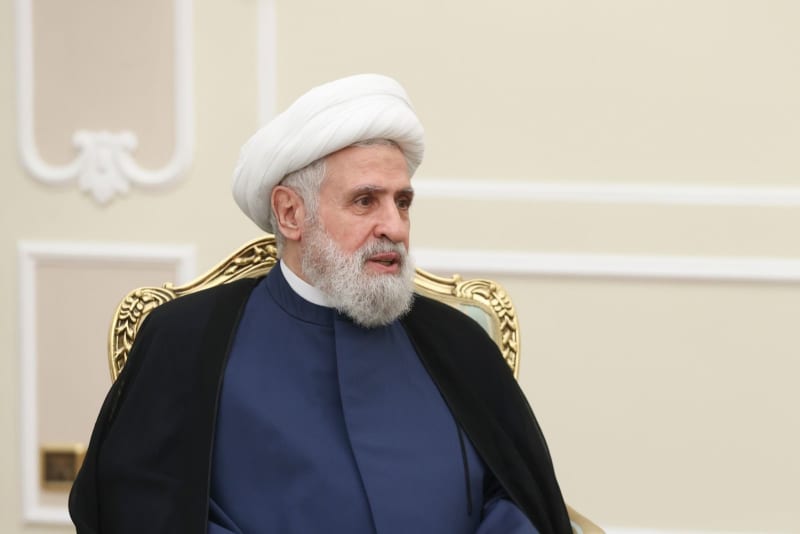Naim Qassem, the leader of Hezbollah, acknowledged the loss of crucial military supply routes following the overthrow of Bashar al-Assad’s regime in Syria. In a televised address, he characterized this loss as a minor setback for the militant group, emphasizing the resilience and adaptability of Hezbollah in the face of changing circumstances. Qassem expressed confidence in the group’s ability to continue its operations and maintain its resistance against perceived enemies, underscoring the importance of continuity in their efforts. His remarks come amidst significant shifts in the regional power dynamics following the recent advances of Islamist-led rebels in Syria.
The context of Qassem’s admission is rooted in the broader upheaval in Syria, where the opposition forces succeeded in capturing Damascus, forcing Assad to flee after a comprehensive offensive. This development signifies a pivotal moment in the Syrian civil conflict and has ramifications for the geopolitical landscape in the Middle East. The fall of Assad not only disrupts Syrian governance but also undermines the so-called “axis of resistance,” an alliance that includes Iran, Hezbollah, Hamas, and various militias across Iraq and Yemen. The collapse of Assad’s regime indicates a potential realignment of power that may challenge the longstanding interconnectedness of these groups.
Hezbollah’s response to the new reality in Syria reflects a cautious approach. Qassem stated that his group would refrain from passing judgment on the newly empowered rebels until they articulate a clear stance and the situation in Syria stabilizes. This illustrates Hezbollah’s pragmatic strategy, focused on assessing the political landscape before making definitive positions. He expressed hope that the incoming Syrian leadership would recognize Israel as an adversary and refrain from pursuing normalization of ties with the Israeli government, underscoring Hezbollah’s longstanding ideological commitment to resistance against Israel.
Despite the challenges posed by the changes in Syria, Qassem pointed out that Hezbollah’s operational flexibility would allow it to adapt to the evolving situation. This adaptability is crucial for the militia as it navigates the complex and often volatile environment shaped by the ongoing conflicts in the region. Qassem’s emphasis on continuity suggests that Hezbollah remains committed to its objectives and will seek alternative means of support and supply in the wake of losing its previous routes through Syria. The organization’s resilience may also reflect its entrenched position within Lebanese society and the broader anti-Israel narrative prevalent among its constituents.
In the broader context of Middle Eastern geopolitics, the implications of Assad’s fall extend beyond Hezbollah and Syria. The axis of resistance is under scrutiny as it faces potential fragmentation following the loss of a key ally in the region. The rise of new players and shifting allegiances among various factions may alter the strategic calculations of Iran and its partners. The dynamics of resistance movements and their relationships with state actors are likely to shift, prompting a reevaluation of tactics and alliances in response to these developments.
The recent ceasefire agreement between Israel and Hezbollah marks a significant moment in their ongoing conflict. Negotiated after a protracted period of cross-border tensions, the ceasefire reflects an acknowledgment of the complexities involved in their interactions. While Qassem’s remarks indicate resilience and a focus on continuity, they also hint at a recognition of the need for strategic adjustments in light of regional changes. As the situation in Syria continues to evolve, Hezbollah will likely face new challenges but remains poised to persist in its agenda amidst the turbulent landscape of Middle Eastern politics.

